Göteborg 2014
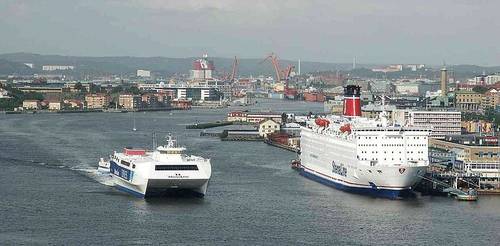
Industrial Heritage, Sustainable Development and the City Museum
6-8 August 2014
The conference was organised by our Chair, Mats Sjölin at the Göteborg City Museum. This was our tenth annual conference and it took place in Sweden’s second city, once a great industrial centre, now like so many cities adjusting to a post-industrial world.
Conference Theme:
Industrial heritage, sustainable development and the city museum
Industry, even as its on-going presence declines in the developed world, continues to dominate many cities by the lasting mark that it has left on both their landscape and their social infrastructure. While all industrial cities, by their nature, share certain characteristics (including, among their many other features, urban crowding, suburban expansion, transportation extension, and social migration) their structure and progress nonetheless depend to a large extent on local specifics—physical, social, and cultural; historical and contemporary. Manchester is an industrial city, to be sure—but so too are Los Angeles and Nagoya. Today, as such diverse urban-industrial landscapes adjust to the demands of an expanding information—and service-based economy—our attitude toward the places and social infrastructure left over from the manufacturing era is likewise changing. Contemporary metropolitan residents must come to understand the city’s industrial heritage neither as an eternal law of nature nor as an artefact of a distant past. It represents, instead, one stage of a constant process of urban change, conditioning our choices for the future as it shapes our memory of the past.In this conference, we ask: What role can city museums play in helping people to understand, explain, and make use of the transformation of urban society from its industrial base to a future marked by limited resources and expanding technological capabilities?
Session Themes included:
- The role of cultural heritage—tangible and intangible—in postindustrial urban development
- “Museums” across the city: museum experiences beyond the museum walls
- New technologies for documenting and presenting industrial heritage
- Interpreting the role of migration in industrial and postindustrial society
Post-Conference Tours
A. Textile Fashion Center, Simonsland. A new venue for heritage, fashion, textile and design is emerging in the old industrial area of Simonsland, in central Borås. The Textile Fashion Center is a creative center for culture, science, innovation, and business built around the area’s traditional history as a center of textile and fashion. The textile machines of Simonsland—cradle of Sweden’s textile industry–stopped making noise a long time ago. Yet the neighborhood’s old buildings remain. Today Simonsland is internationally recognized as a center of textile and garment enterprises. The collaboration of the Textile Museum and the University of Borås has produced the Textile Fashion Center, which merges enterprise and heritage. This tour looks at the challenge of making Simonsland a vibrant neighborhood where tradition and innovation can meet again.
B. SAAB Car Museum. Located by the Göta river waterfalls, the City of Trollhättan has been a site of industrial production since the early 20th century. Since the Second World War, car manufacturing has dominated the city’s industrial landscape. The SAAB car museum was, until December 2011, a privately operated company museum. When SAAB Automobile Company filed for bankruptcy, the City of Trollhättan acquired control over most of the museum’s artifacts. Today the museum is operated by the City of Trollhättan and the region of Västra Götaland. As a company museum, the Saab Museum focused mainly on the product, representing different car models produced since 1947. Rather than retell the company’s history, the museum now aims to contextualize the automobile industry within a larger discussion about automobility and social development in the city since the 1950’s. This tour focuses on how to make the transition from a commercial museum to a socially oriented museum, and how to find collaborative models that include commercial, voluntary, and public interests in the operation of a local museum.
Post-Conference Workshops:
A. Göteborg’s Industrial Heritage. Fifty years ago, Göteborg was one Sweden’s most industrialized cities. Following World War II, the city’s industrial plants remained intact and its shipyards expanded. Volvo launched a new, cheaper model in its local facility and SKF built a new ball- and roller-bearing plant. By the 1970s, local manufacturing was threatened. Today the city is using its long-standing industrial heritage as a key to renegotiating its identity and reshaping its future. A part of this process is the creation of an industrial heritage center in Göteborg’s central district, which was once dominated by the shipbuilding industry and today has been converted to a mixture of small enterprises and housing. The proposed industrial heritage center, part of the city’s 400-year celebration in 2021, begs the question of how future citizens will perceive the industrial era. This workshop discusses how to include Göteborg’s industrial past in the city’s future.
B. Insight Hammarkullen. The suburban community of Hammarkullen is planning a virtual storytelling centre aimed at adding memories of this satellite suburb to the larger history of the city. The rapid postwar industrial expansion in Göteborg demanded new labour, which was only feasible by migration. A shortage of housing forced the authorities to start a housing program. 1970s-era urban planners preferred the concept of the satellite town, located in a green environment on the outskirts of the city. Placing workers closer to nature, removing them from inner-city slums, planners hoped to offer Göteborg’s new residents a healthier life. Thousands of immigrant workers subsequently found accommodation in the newly built suburbs of Angered, Hjällbo, and Hammarkullen. As the city’s industries went into decline, these suburbs became the site of unrest. A group of Latin Americans in Hammarkullen expressed their frustration through the medium of Carnival. Forty years later, the carnival has become a trademark expression of life in the suburb. This workshop, which builds on techniques developed in CAMOC’s Insight Favela workshop in Rio de Janeiro in 2013, asks how carnival be used as a tool to empower members of the local community to engage in the future of the city. Participants will also consider the advantages and disadvantages of digital media, in comparison to a more traditional physical site, such as a local museum, in accentuating local identity.
Conference Partners:
CAMOC / Göteborg City Museum / Region Västra Götaland / Västarvet / ICOM Sweden / Swedish Industrial Heritage Association (SIM)/Ticcih Sweden
More about CAMOC Göteborg 2014:
Conference Highlights
-
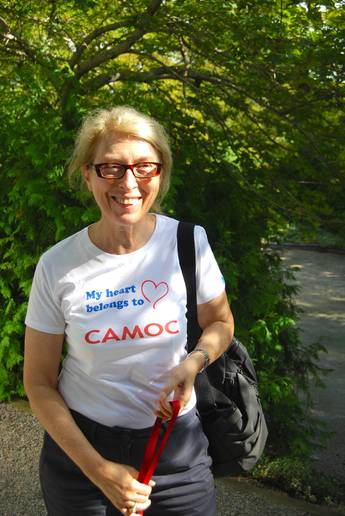
Suay Aksoy’s heart belongs to CAMOC
-
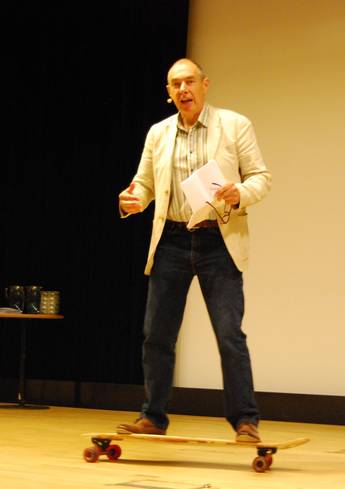
Keynote speaker Lasse Fryk with his skateboard
-
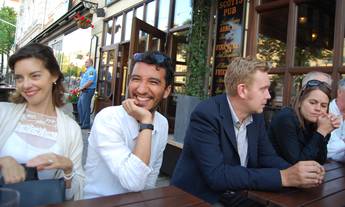
Casual conversations among CAMOC friends
-
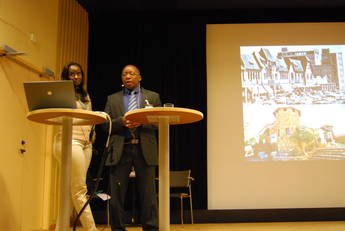
Aaron Nambadi, Grace Pujatura & Windhoek City Museum
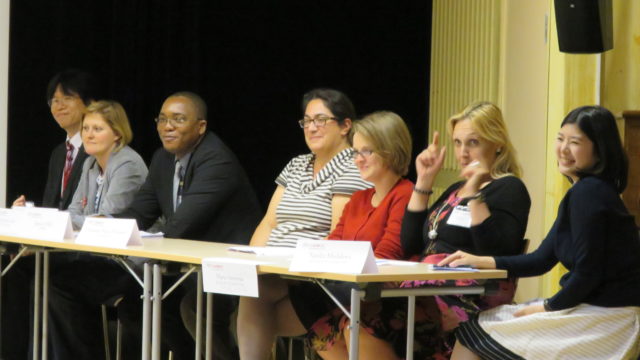
-
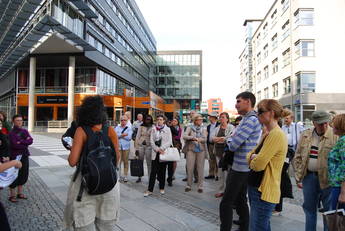
Sanja Peter guides us through Gothenburg’s past
-
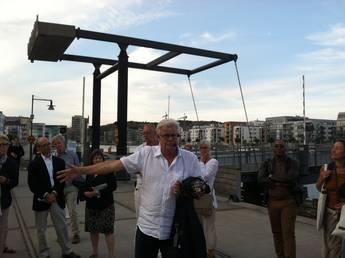
Mats Sjolin on Gothenburg’s industrial heritage
-
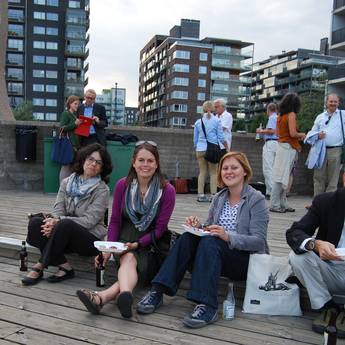
Enjoying smoked fish after our harbor walk
-
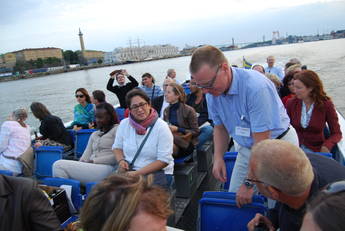
Exploring Gothenburg by boat
-
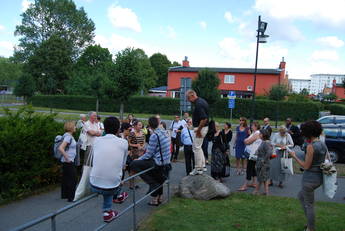
Insight Hammarkullen
-
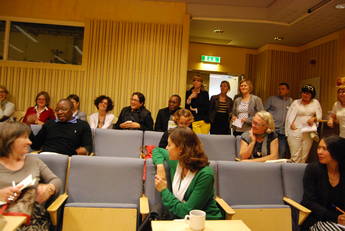
Discussing next year’s conference
-
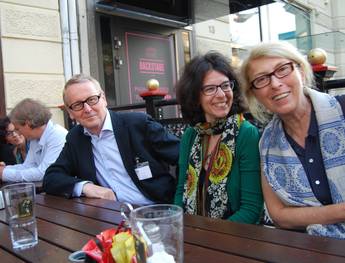
Beer after a long day of presentations
-
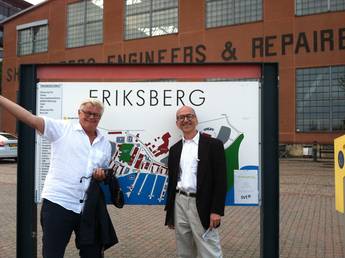
The Eriks in Eriksberg
-
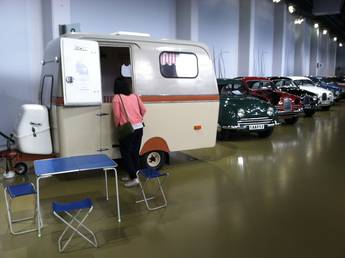
Saab Car Museum
-
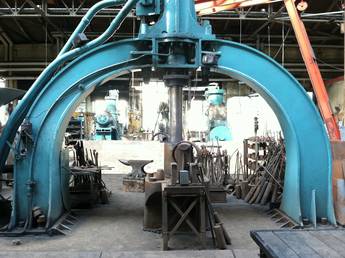
The smithy at the Saab complex
-
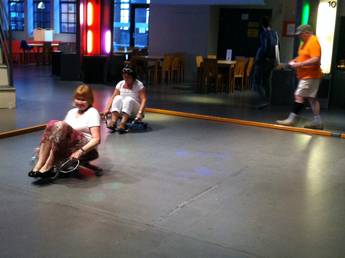
Testing play stations at Innovatum Science Centre
-
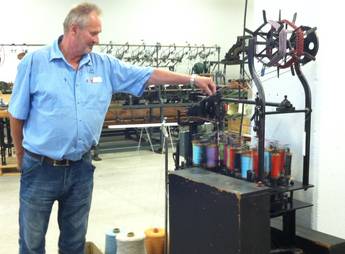
Demonstrating machinery at the Textile Museum